Dopamine
Introduction
Dopamine is a type of neurotransmitter, a chemical messenger that transmits signals in the brain and other areas of the body. It plays several important roles in the human body, and it is most commonly recognized for its role in reward, motivation, and pleasure systems. However, it also helps regulate movement and emotional responses, and it enables us not only to see rewards but to take action to move toward them.
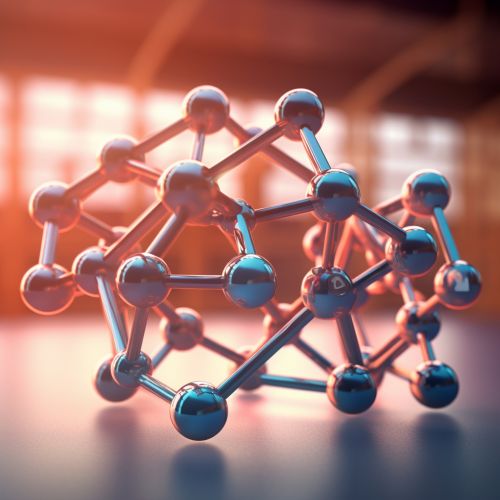
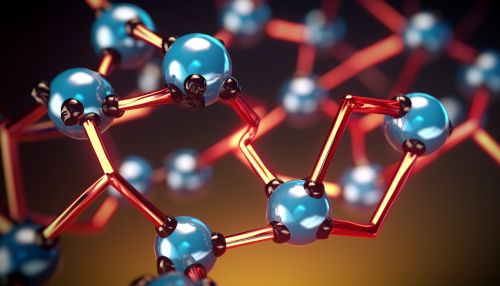
Biochemistry
Dopamine is produced in several areas of the brain, including the substantia nigra and the ventral tegmental area. It is a catecholamine molecule, which is a group of neurotransmitters that also includes norepinephrine and epinephrine. Dopamine is synthesized in the body by a series of enzyme reactions. First, the amino acid phenylalanine is converted into tyrosine by the enzyme phenylalanine hydroxylase. Tyrosine is then converted into DOPA by the enzyme tyrosine hydroxylase, and DOPA is then converted into dopamine by the enzyme DOPA decarboxylase.

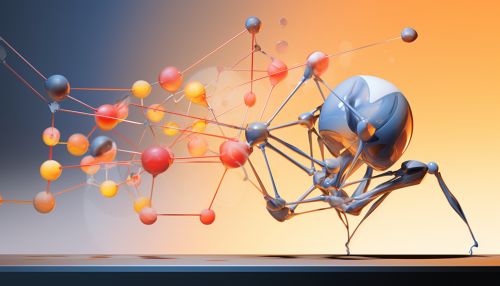
Once synthesized, dopamine is packaged into vesicles in the neuron, which are then released into the synapse, the small gap between neurons, in response to a nerve impulse. Once in the synapse, dopamine can bind to and activate dopamine receptors on the neighboring neuron, transmitting the signal.
Role in the Body
Dopamine has many functions in the body, and different types of dopamine receptors play different roles. It is often associated with the pleasure system of the brain, providing feelings of enjoyment and reinforcement to motivate a person proactively to perform certain activities. Dopamine is released (among other areas) into the nucleus accumbens and prefrontal cortex as part of the reward system.
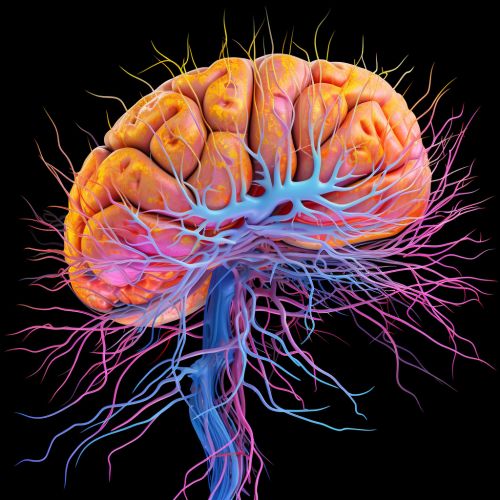
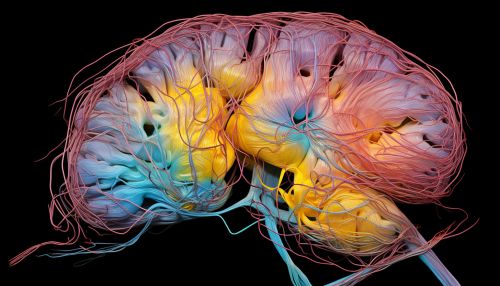
Dopamine also plays a critical role in the motor system. When the brain receives a signal to initiate a particular movement, that signal is transmitted to the basal ganglia in the form of dopamine. The basal ganglia then process this information and communicate with the central nervous system to initiate and carry out the movement. Disorders like Parkinson's disease, where dopamine neurons are lost, and schizophrenia, which is linked to elevated dopamine function, highlight the importance of dopamine's balance in the brain.
Dopamine and Mental Health
Dopamine dysfunction is implicated in several mental health disorders, including depression, bipolar disorder, addiction, and schizophrenia. In many of these conditions, dopamine's role isn't fully understood, but it's clear that dopamine imbalance can have a significant impact on mental health.
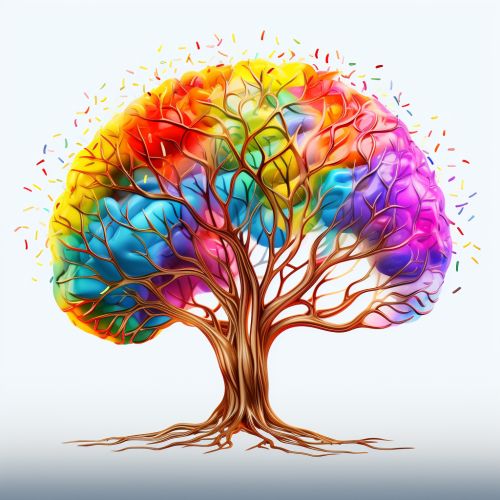
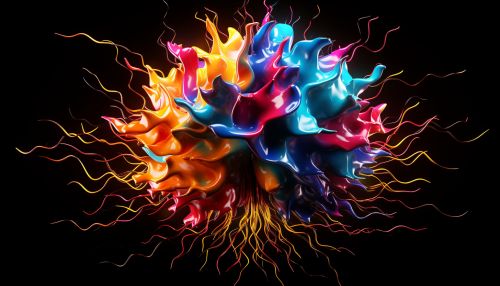
In addiction, drugs of abuse often increase dopamine activity, reinforcing their use. In schizophrenia, hyperactive dopamine systems may lead to hallucinations and delusions, while in conditions like depression and some forms of bipolar disorder, low dopamine activity may be associated with anhedonia (the inability to feel pleasure) and lack of motivation.
